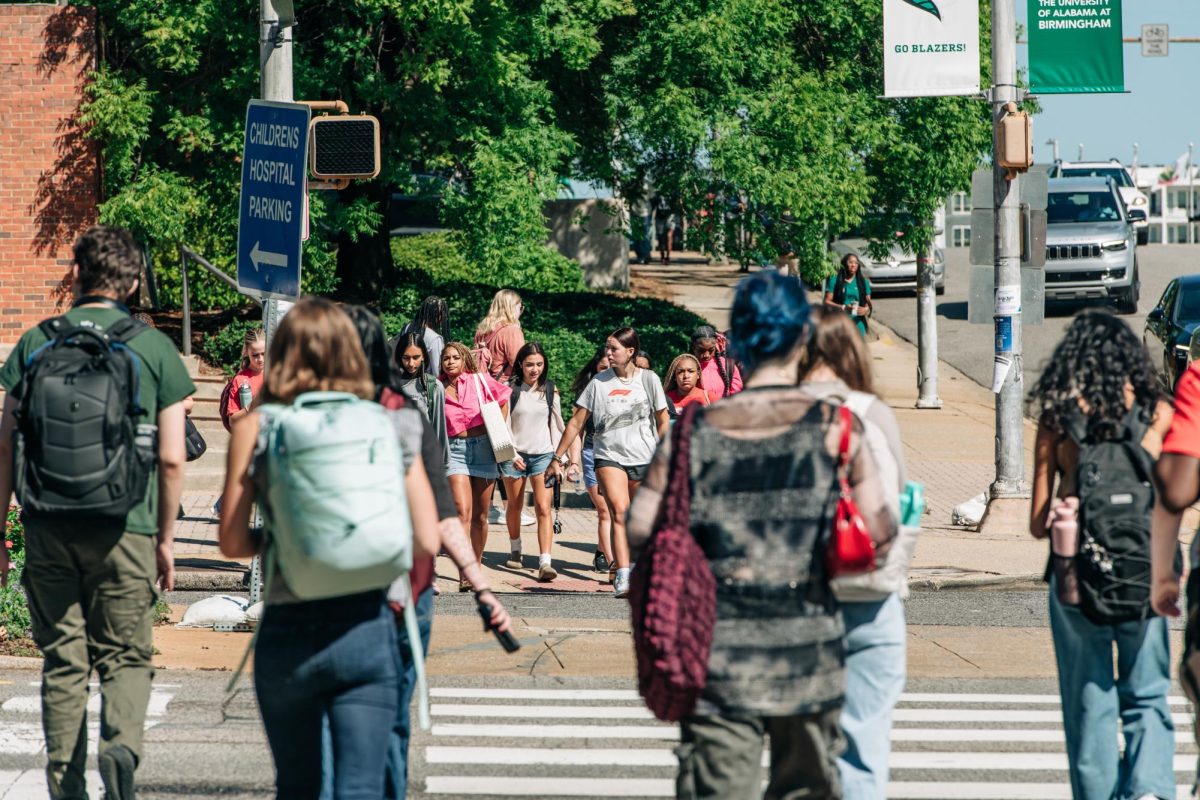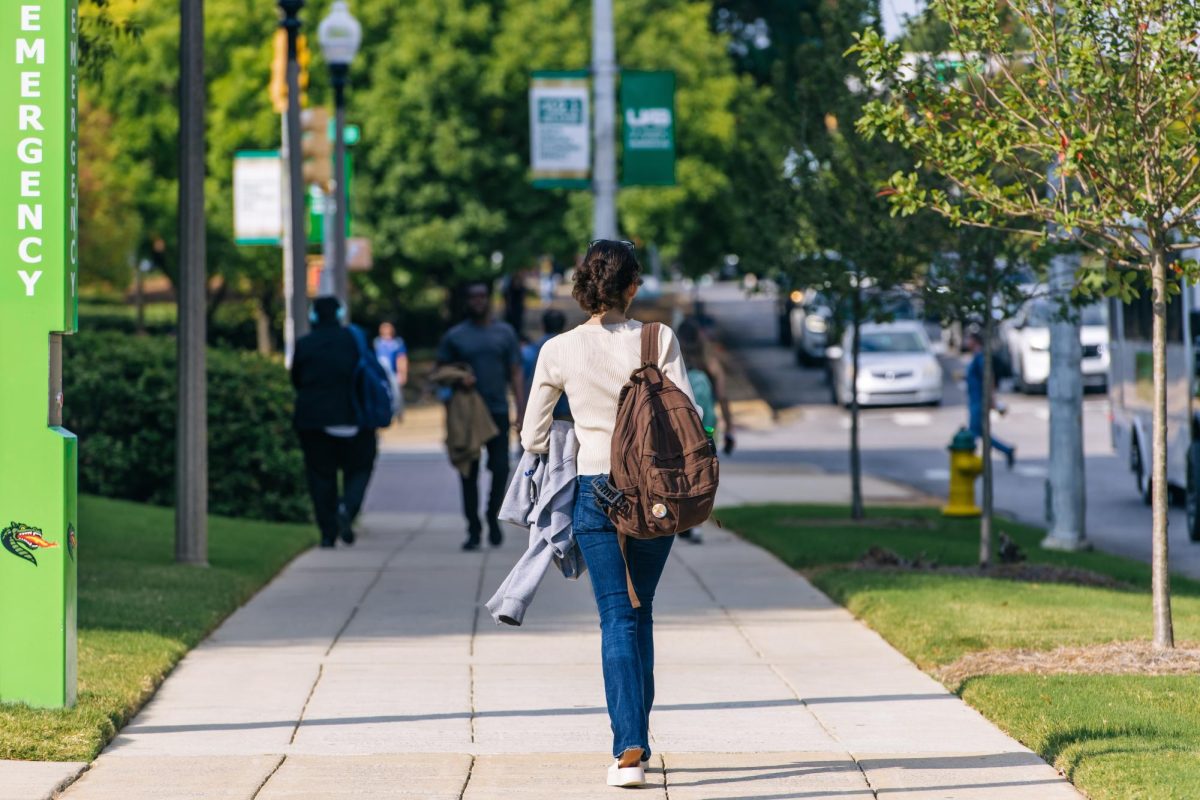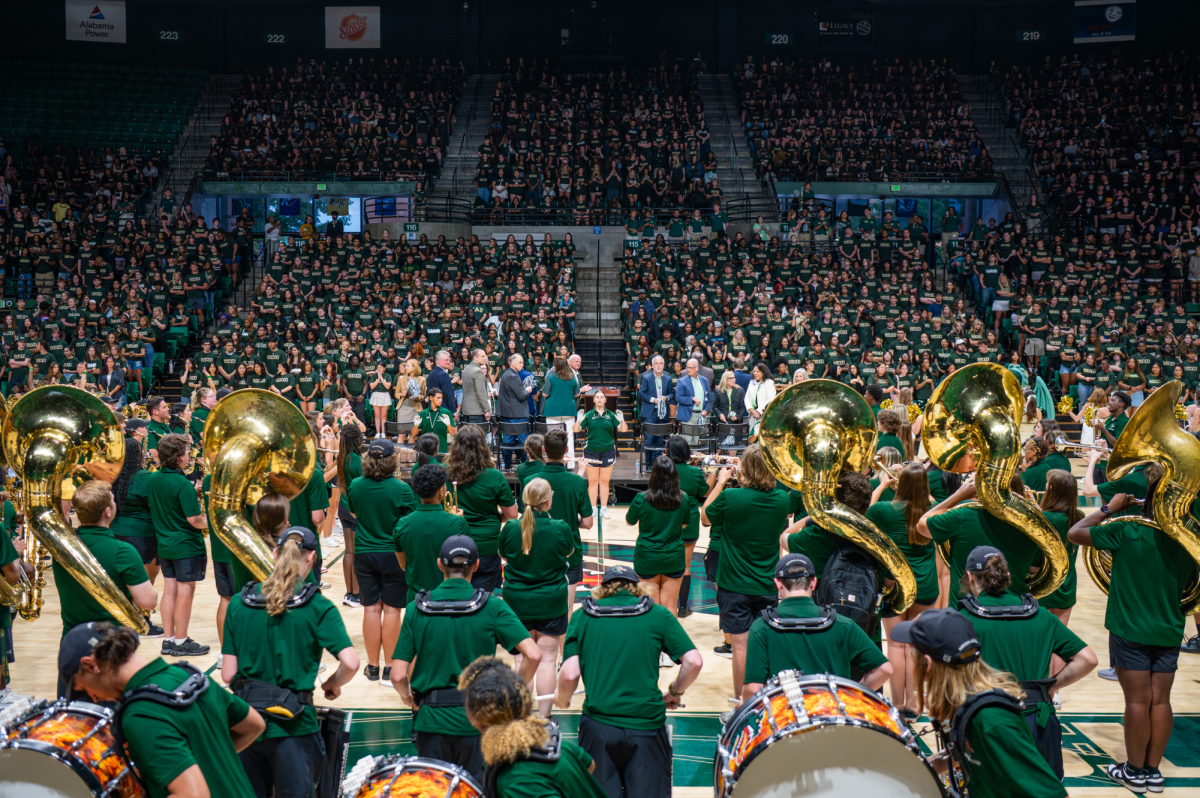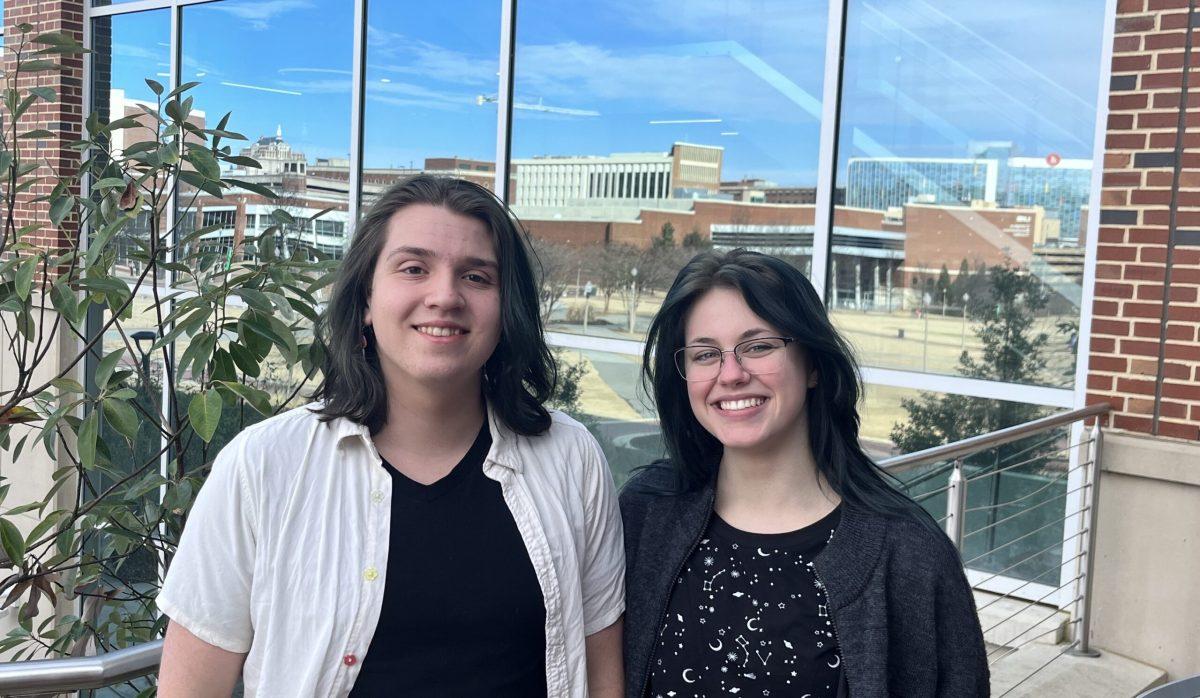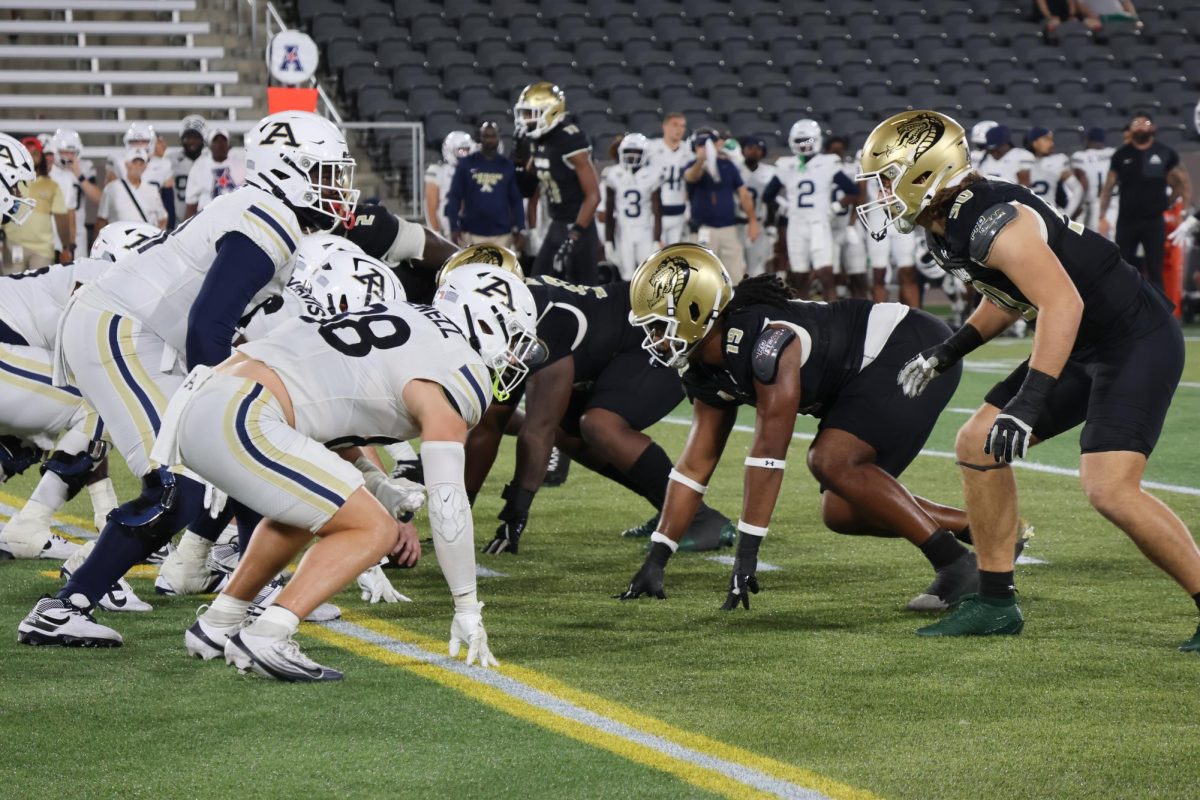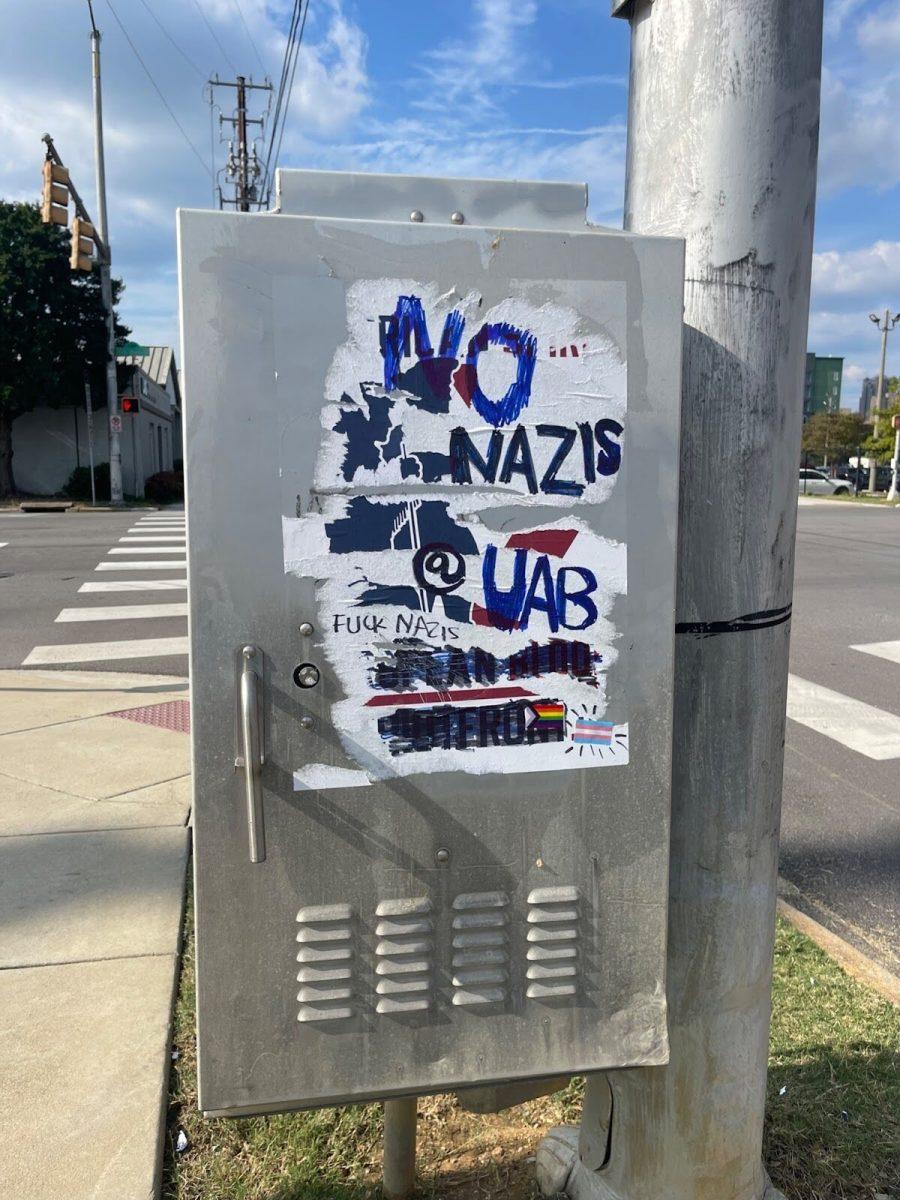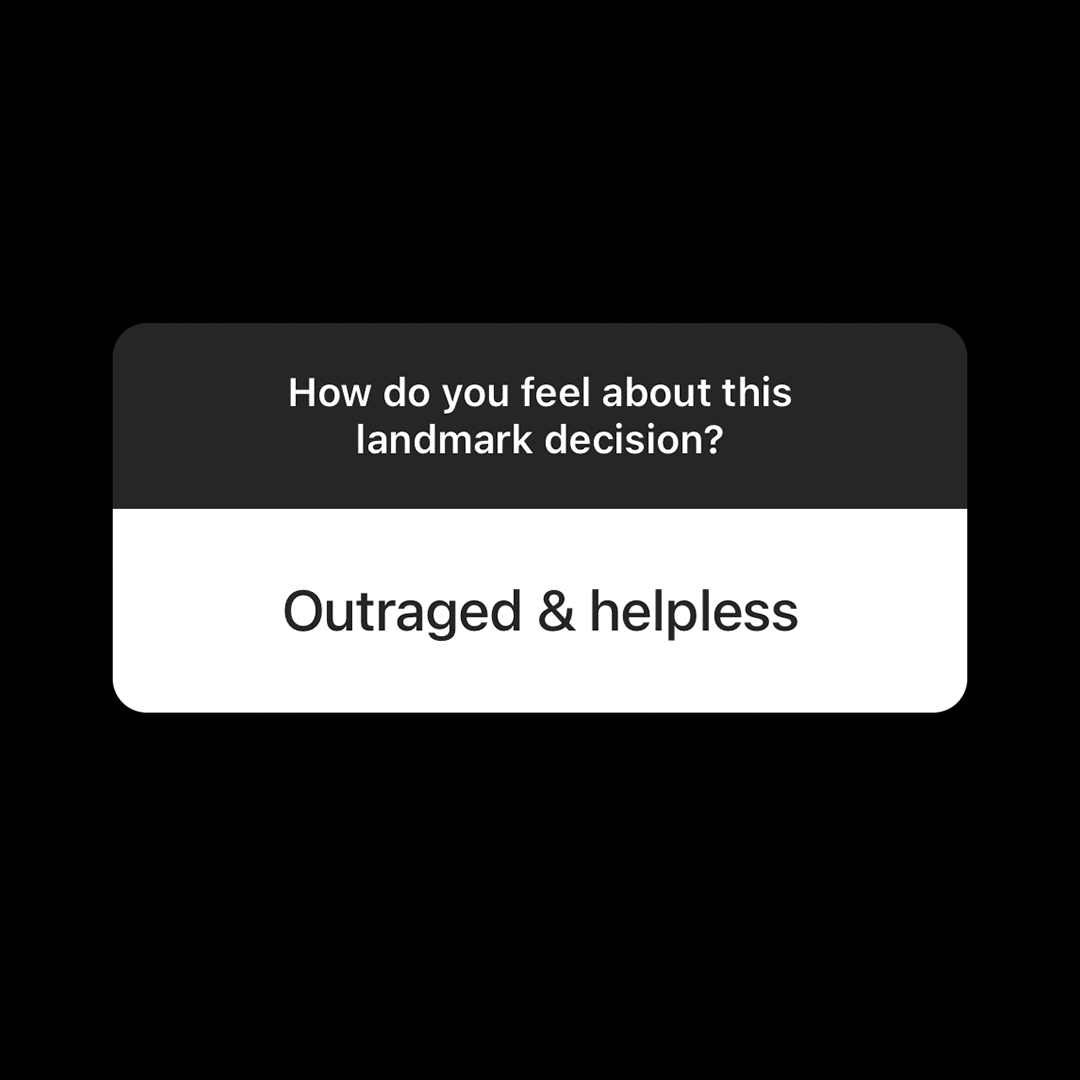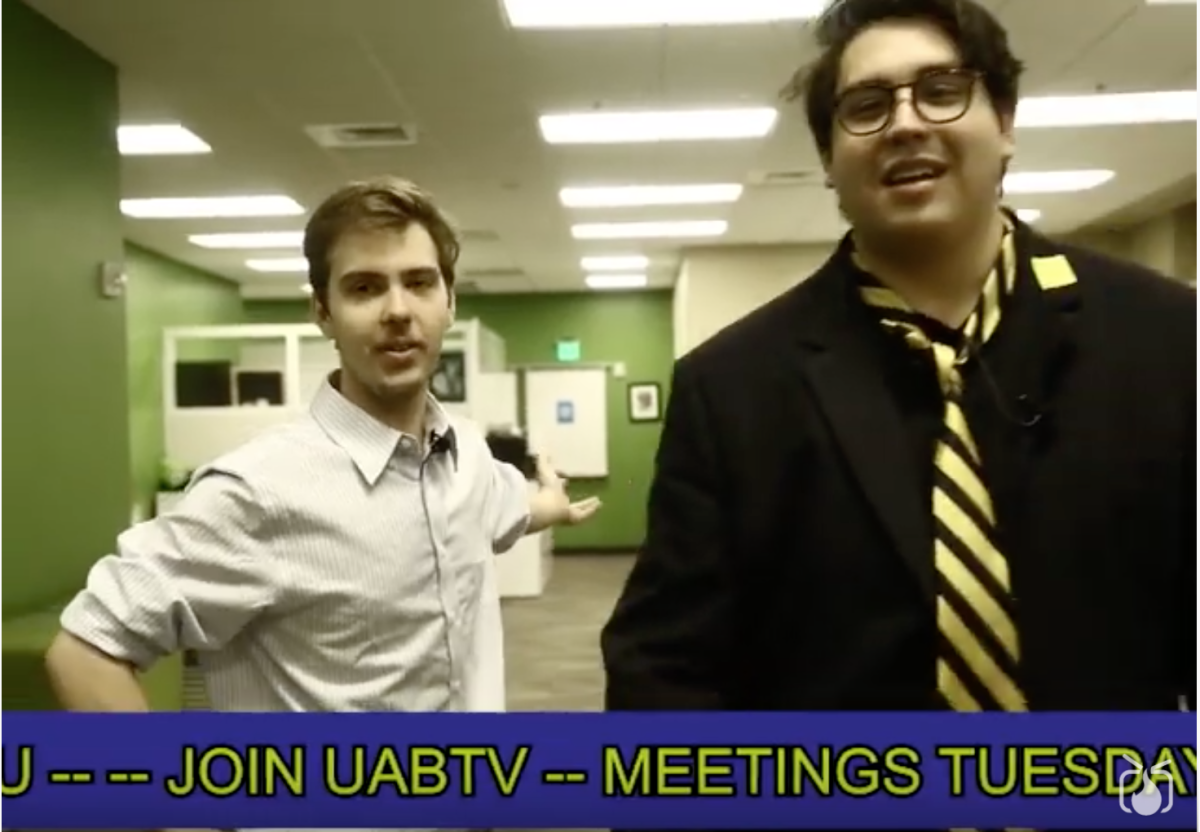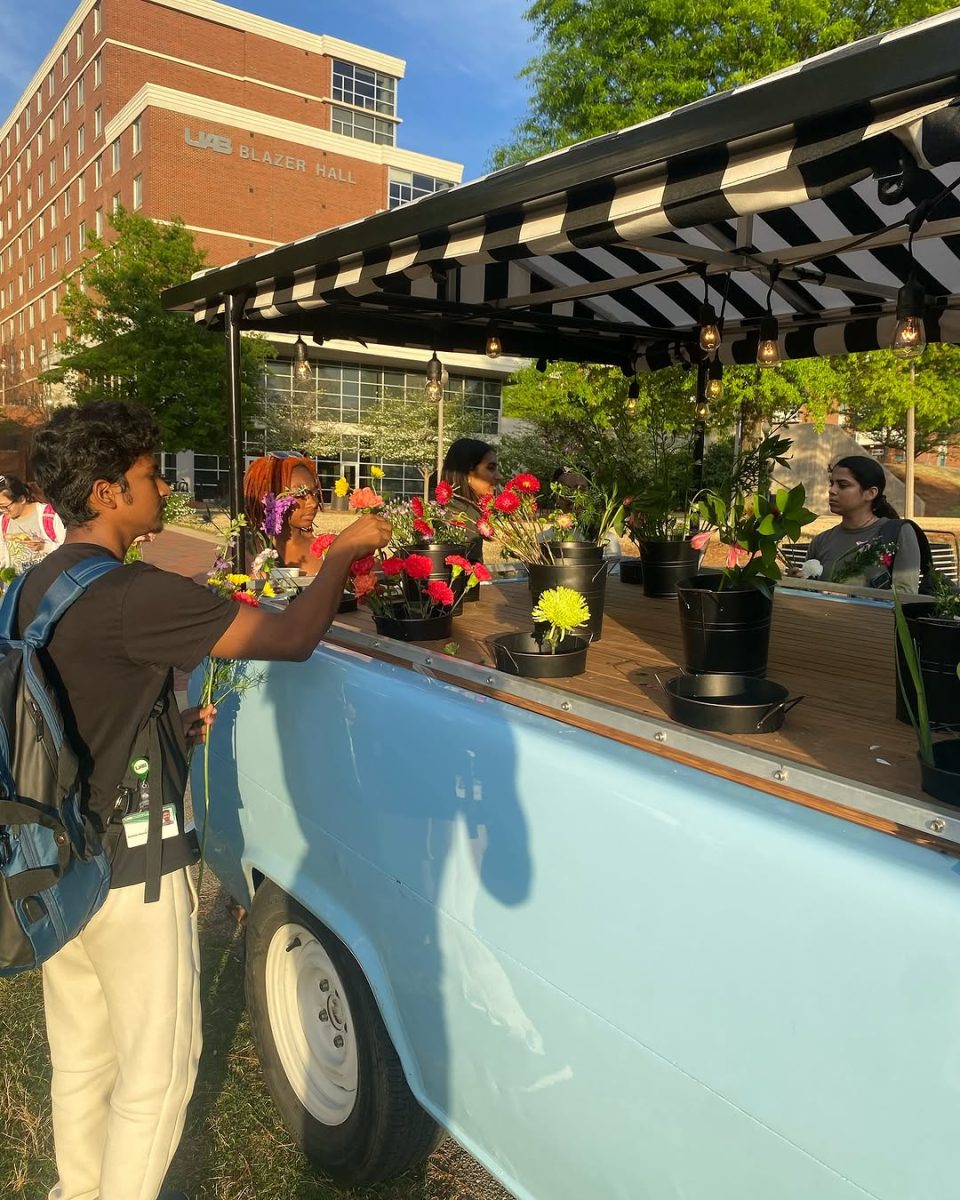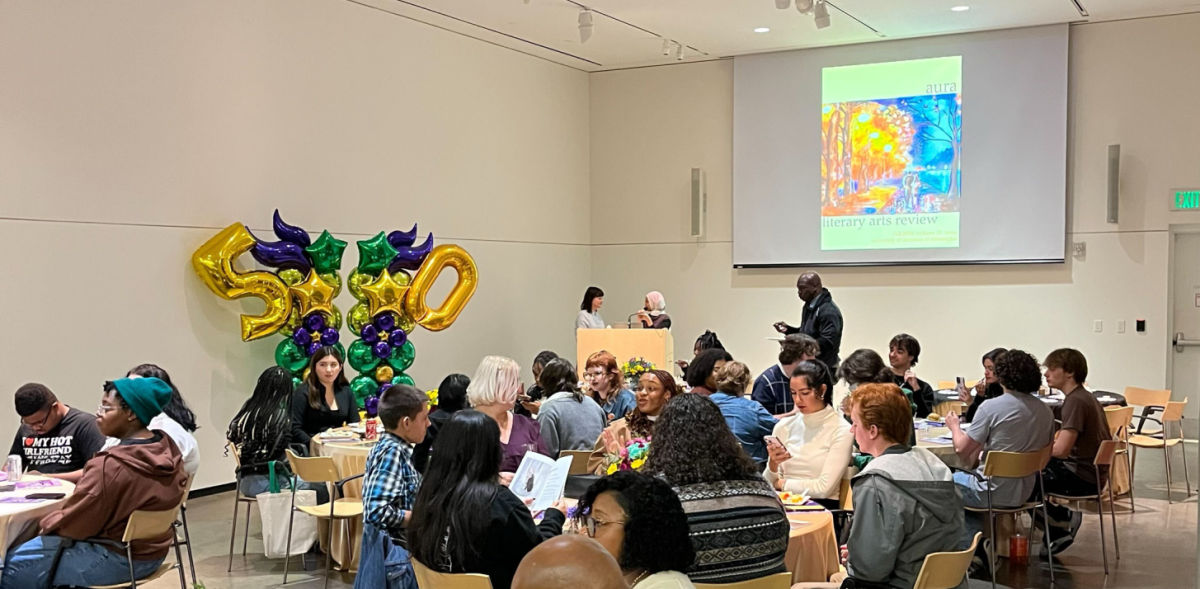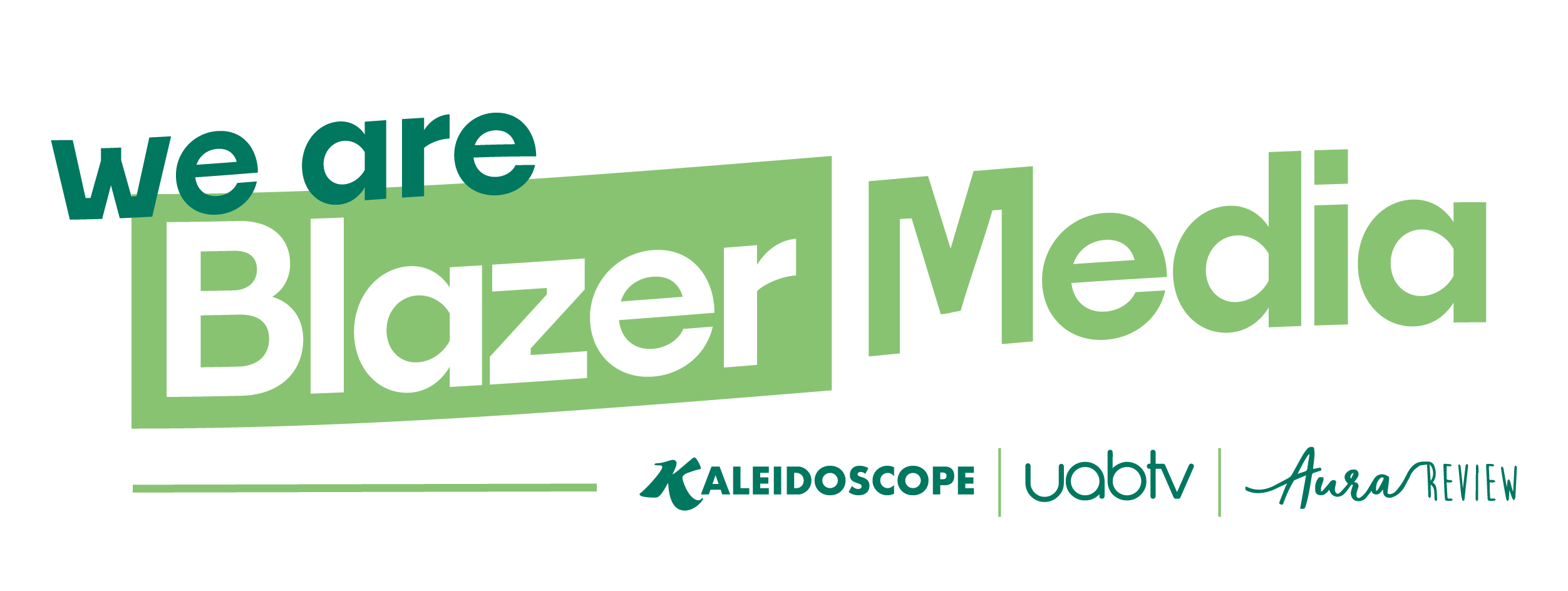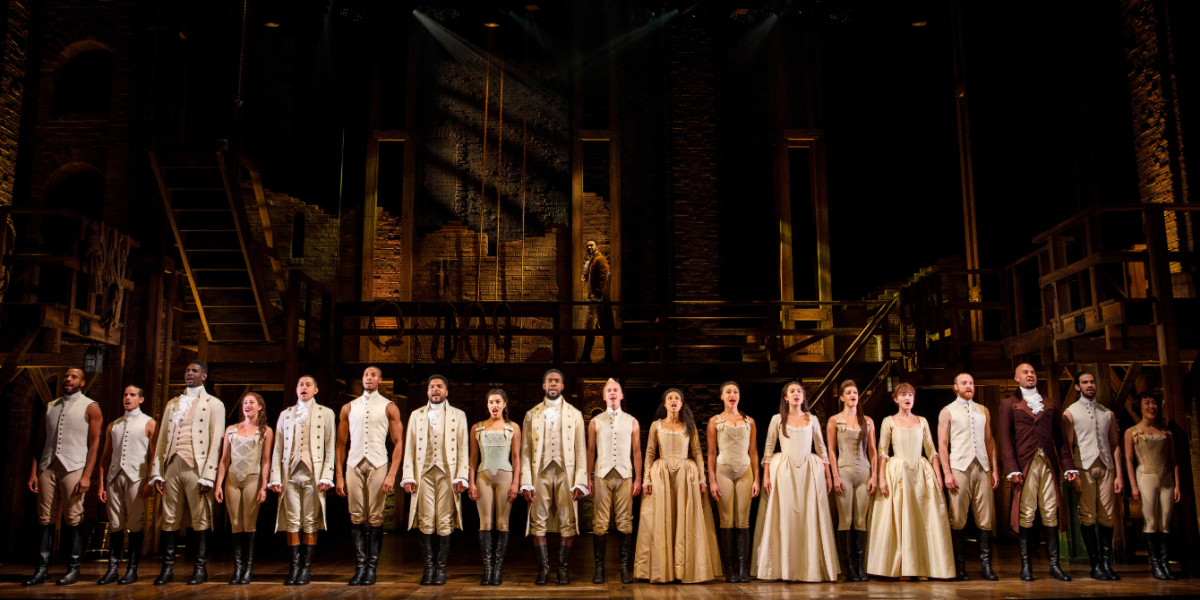Illustration by John Hiller/Staff Illustrator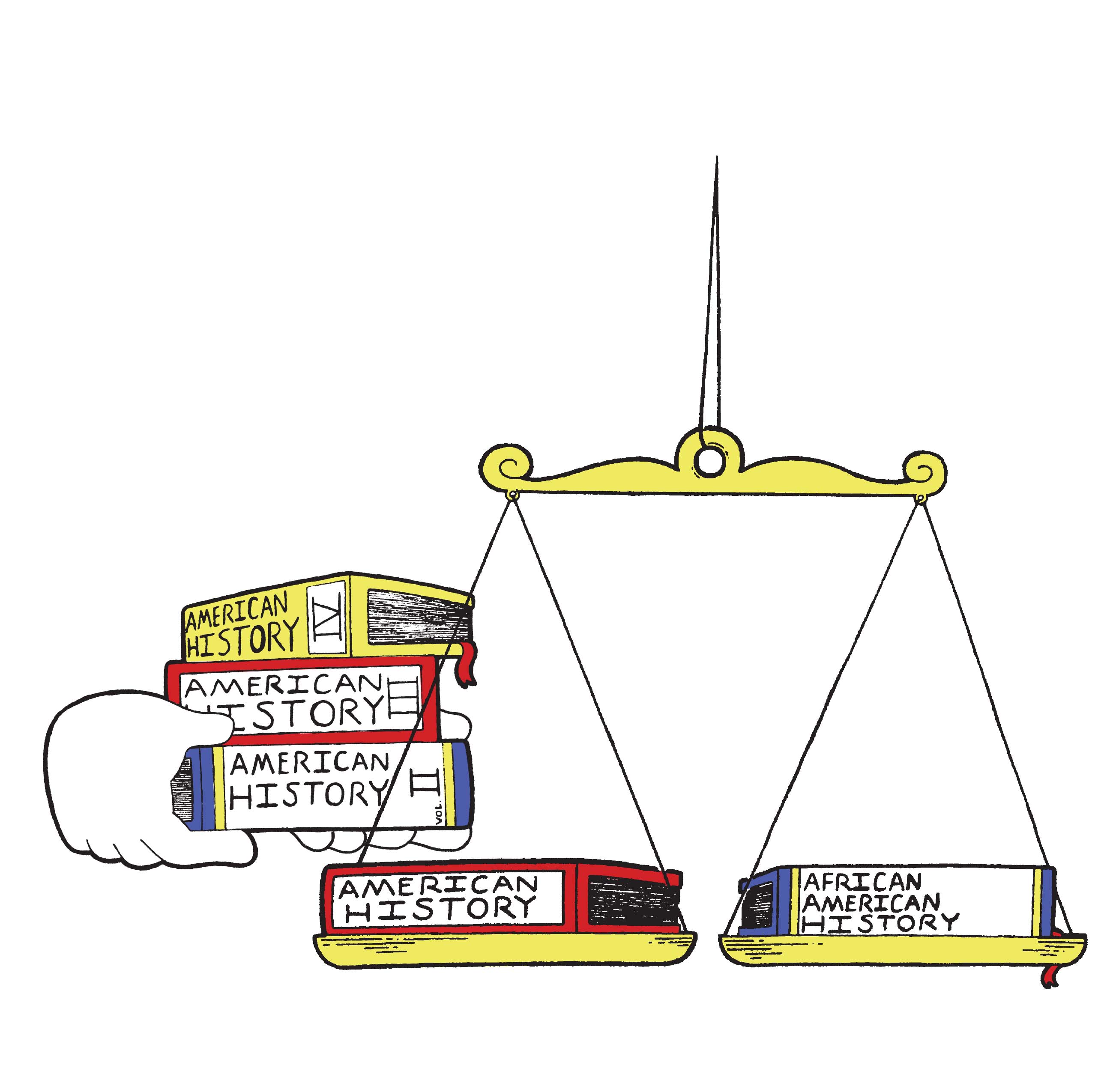

Destyni Cravens
Opinion Columnist
[email protected]
Last semester, in my dialogue on racism in the U.S. seminar sponsored by the Multicultural and Racial Diversity Program at Heritage Hall, where we spent weeks talking about strict racism and the systematic privileges that make up white supremacy.
This seminar was the first time I heard race being discussed outside of an American history context. It made me begin questioning why classes surrounding black history are not required, yet American history focusing on white people are.
Although Black History Month exists, is one month really enough to teach all of black history?
Students are required to learn about the same American heroic stories for at least 14 years starting in kindergarten and ending once college prerequisites are fulfilled.
According to The Washington Post, “in many schools, teaching American history often means ignoring racism.”
In my experience, the South acknowledges a few main events when covering American History: The Mayflower, The Holocaust and The Civil Rights Movement.But it fails to allow students to explore the rest of the histories. This results in the systematic use of racism which continues to be utilized to favor white power further encouraging white privilege.
By refusing to acknowledge the brutal effects of white supremacy and simply erasing it from history nothing is being learned. For example, Emmett Till, a 14-year old African American boy was lynched back in 1955 because of “offending” a white woman in a local grocery store. Long after he was lynched, his accusercame clean and said she fabricated most of the story. Never once have I heard about Emmett Till in a history book until I did deep research on the topic.
What is going to happen if a similar story appeared today? Would we learn from our past and hold a fair trial or will we still turn to brutal and murderous methods?
The same mistakes are likely to reoccur due to white people’s lack of responsibility for the actions that have dismantled so many other ethnicities.
The way history is taught when compared to math would be like learning how to divide but not learning how to add and subtract. How can a student solve a formula without the basic background necessary to carry out the problem?
The same goes for history. Just teaching American students about the Civil Rights movement is not black history. Instead, it is one little part of their history that does not fully represent their people.
“I would love for education systems all over the nation to start teaching authentic black history and not just about slavery and the Civil Rights movement because we are more than that,” said Jamila Pellum, freshman in nursing.
A seminar on racism should be a required course for all American students. Just like they have to take math and English classes, students need to be required to discuss and learn about the systematic privileges that are ever present within the American government.
This a simple way American students can be introduced and educated on other nationalities and the similarities between all humans.
The first step in changing the future is acknowledging one’s past mistakes instead of ignoring the source of the problem. If we want racism to end, we must realize that it does still exist. Then, we must take progressive steps in ending the ignorance surrounding other ethnicities’ histories in order to fully understand the severity of racism itself. The first step to making this happen is by requiring history classes that put an emphasis on black people accomplishments.
So, before signing up for another American history class to satisfy the prerequisite requirement think about enrolling in an African American history class. It might change our future.
